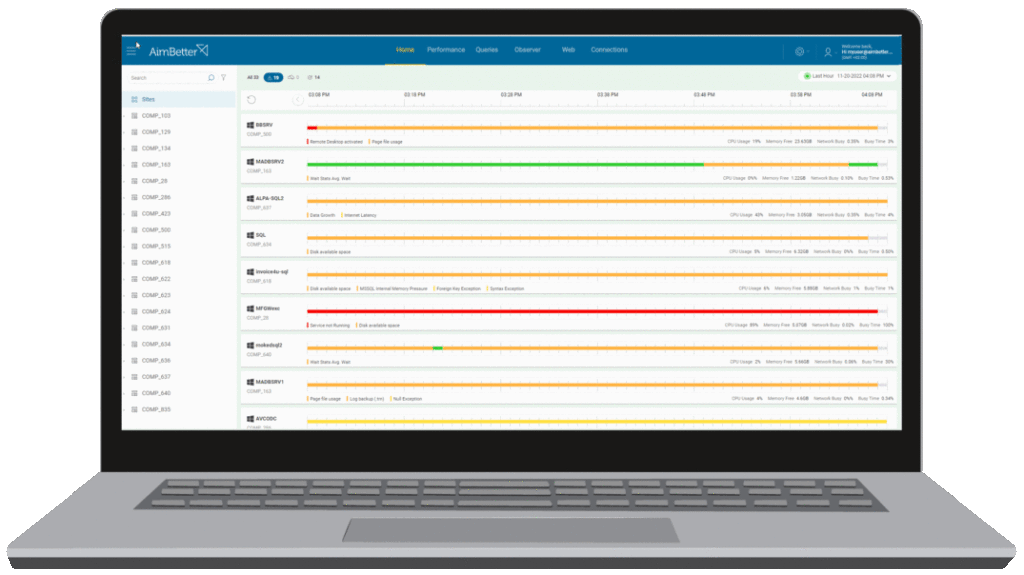Here’s an interesting thought, to be found in Wikipedia’s article on the subject of Data Base Administrator
A database administrator’s responsibilities can include the following tasks:
- Installing and upgrading the database server and application tools
- Allocating system storage and planning storage requirements for the database system
- Modifying the database structure, as necessary, from information given by application developers
- Enrolling users and maintaining system security
- Ensuring compliance with database vendor license agreement
- Controlling and monitoring user access to the database
- Monitoring and optimizing the performance of the database
- Planning for backup and recovery of database information
- Maintaining archived data
- Backing up and restoring databases
- Contacting database vendor for technical support
- Generating various reports by querying from the database as per need
- Managing and monitoring data replication
- Acting as liaison with users
Notice something interesting? These are almost all positive and constructive actions and troubleshooting isn’t on the list. But a search on the website for the subject of database administrator workload will list troubleshooting as one of the top three activities, most often coming on top of the list. It may be preferable for everyone to think of the DBA as being involved mostly in constructive, forward-looking actions, but the truth is that unless your organization has managed to achieve an advanced level of self-organized management, there’s often going to be much more of the “firefighting” going on than you may think.
So let us try to tell you how to get to that “advanced level of self-organized management” for your database and in doing so, freeing your precious DBA’s time up for the positive activities you need so badly.
AimBetter can get you right to the root cause and save you precious time from tiresome searches.
On a single screen, you can view all the servers and their present issues. From this comprehensive overview, you can easily move to the specific resource metrics investigation and receive detailed information to start working with.

Try AimBetter today and get a whole new understanding of your Database Servers!













